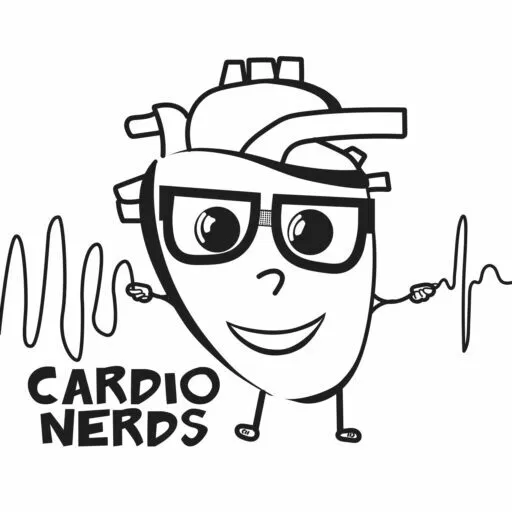"- My name's David Berg. I am a cardiologist at the Brigham and Women's Hospital in Boston, Massachusetts, and Harvard Medical School and an investigator in the TIMI Study Group.
Antithrombotic Therapy in COVID-19
So very early on in the pandemic, it was appreciated that patients with COVID-19 have an increased risk of developing blood clots. And that risk is particularly elevated in patients who are admitted to an intensive care unit and who require, who are critically ill. And so that led to a number of studies testing anti-thrombotic therapies in patients with COVID-19. And the designs of those studies, the specific population studied the specific interventions and the clinical endpoints have been somewhat different for each of those studies. The largest of them and the one that's really informed clinical practice to date is the so-called multi-platform study. That study had a separate study for non-critically ill and critically ill patients. And both of those studies compared full-dose anticoagulation compared with usual care, and the primary endpoint was focused on organ failure. So, it was days alive free of organ support. The surprise finding in those studies was that there was directionally opposite results. So, in non-critically ill patients, patients admitted to the hospital, but not in an ICU, there appeared to be a compelling benefit of full-dose anticoagulation. That was not seen in critically ill patients. And so, the fact that these results were disparate has led to some confusion on the part of clinicians about how to integrate those results, particularly 'cause we see the highest levels of thrombotic events in patients who are critically ill.
Study Design and Considerations When Choosing Endpoints
So, COVID-PACT was a study that focused on critically ill patients with COVID-19. It was a two by two factorial randomised controlled trial. Patients were randomised to either full-dose anticoagulation or standard dose prophylactic anticoagulation as a strategy. And then, if a patient was not already on an anti-platelet therapy, they underwent a second factorial randomization to either clopidogrel or to no anti-platelet therapy. And they were followed through the end of their hospital stay or to 28 days after randomization. The primary endpoint in that study was a composite of venous and arterial blood clots which was different from the multi-platform study.
Data Presented at ESC 22 and What This Adds to Existing Evidence
What we are presenting, what we showed in the COVID-PACT trial was that for the anticoagulation randomization, that treatment with full-dose anticoagulation as compared with standard dose prophylactic anticoagulation reduces the risk of thrombotic complications by 44%. By contrast for the anti-platelet randomization, there was no difference in the risk of blood clot formation in patients who were on clopidogrel as compared to no anti-platelet therapy. And so, what I think we learned from this study is that there was a compelling reduction in clotting events. We also, of course, looked at bleeding events. And what we found is that patients on full-dose anticoagulation as compared with standard dose prophylaxis did not have a significantly increased risk of fatal or life threatening bleeding, but there was an increased risk of non-life threatening bleeding.
Take-Home Messages for Practicing Clinicians
So, this study focused on critically ill patients with COVID-19, who were the patients who are at higher risk, highest risk of developing blood clots. And what we showed in the COVID-PACT trial was that a treatment strategy focused on full-dose anticoagulation as compared with standard dose prophylactic anticoagulation reduces the risk of life threatening blood clots with an increase in non-life threatening bleeding.
Unanswered Questions and Next Steps
So, considering clotting and bleeding risk what COVID-PACT tells us is that we should be considering initiating full-dose anticoagulation over standard dose prophylactic anticoagulation in appropriately selected critically ill patients with COVID-19. Since they have a very high risk of developing blood clots, we want to reduce their risk of thrombotic complications. As I mentioned before, we saw a compelling reduction in clotting events in patients on full-dose anticoagulation. What we also saw was that there was an increase in the risk of non-life threatening bleeding in this study. And so, I think there's still some questions that remain about which are exactly the patients who may be too high a bleeding risk to be able to tolerate full-dose anticoagulation. So, I think we have some work to do to to sort out exactly the appropriate patient selection. But I think as a strategy in the critically ill population, what we can say with certainty now is that that full-dose anticoagulation reduces the risk of of thrombotic complications.







